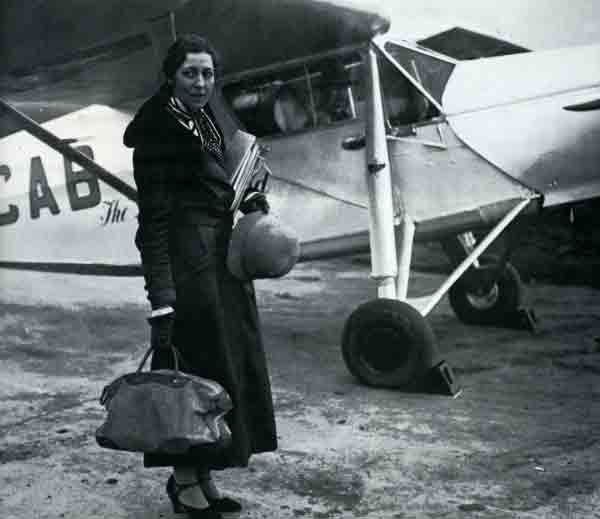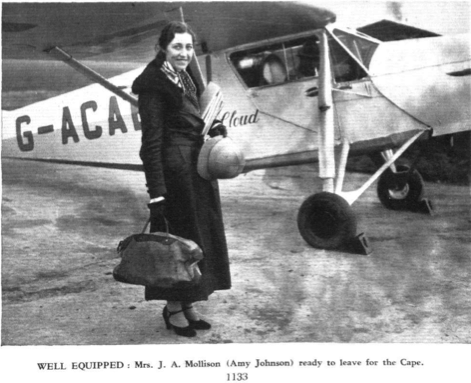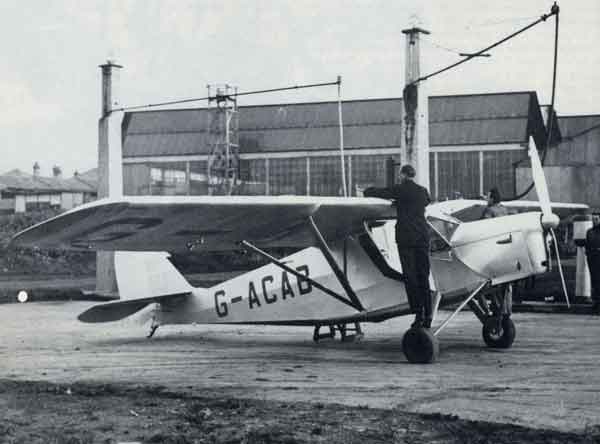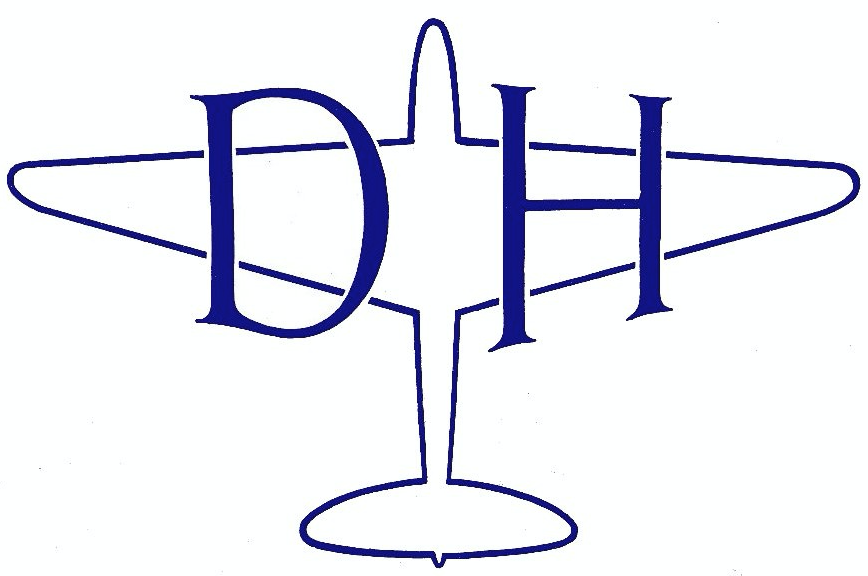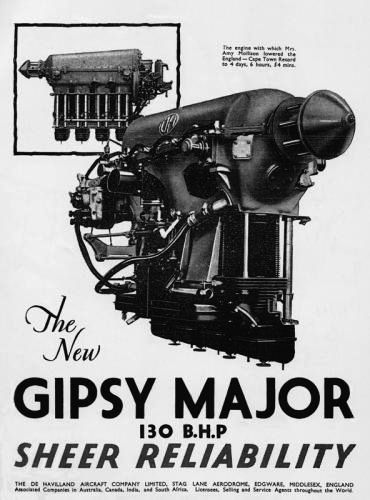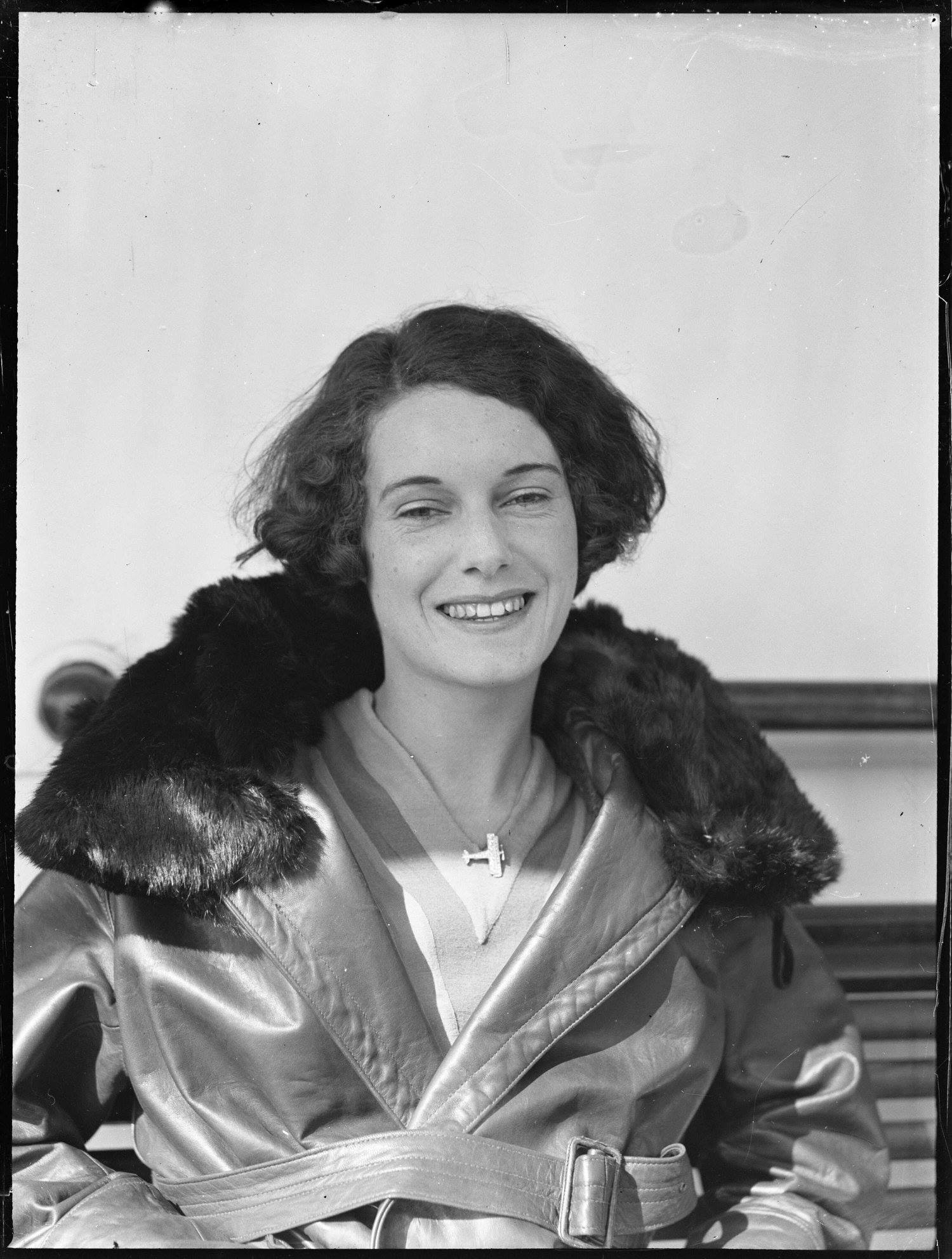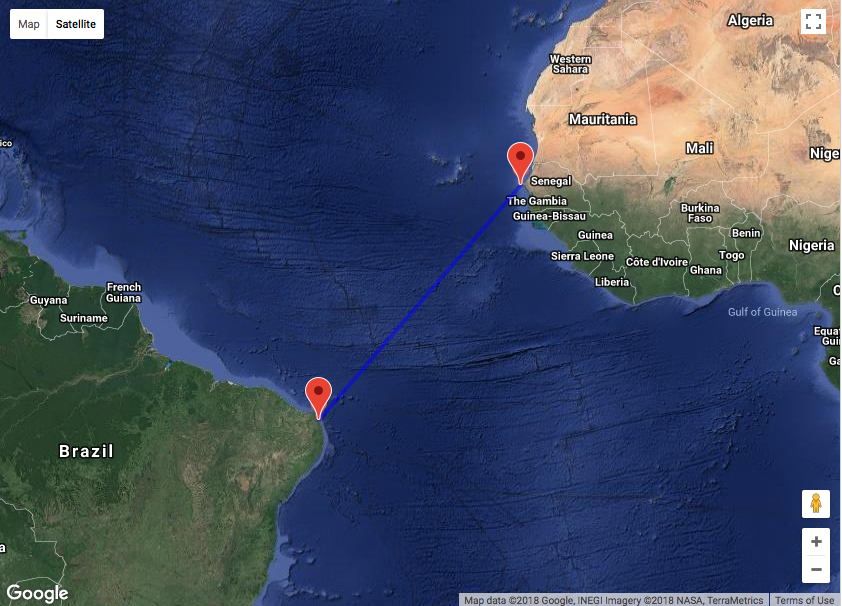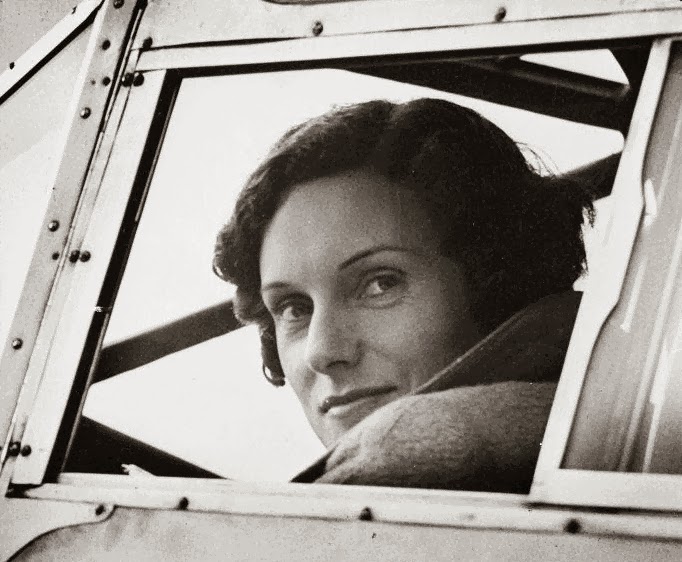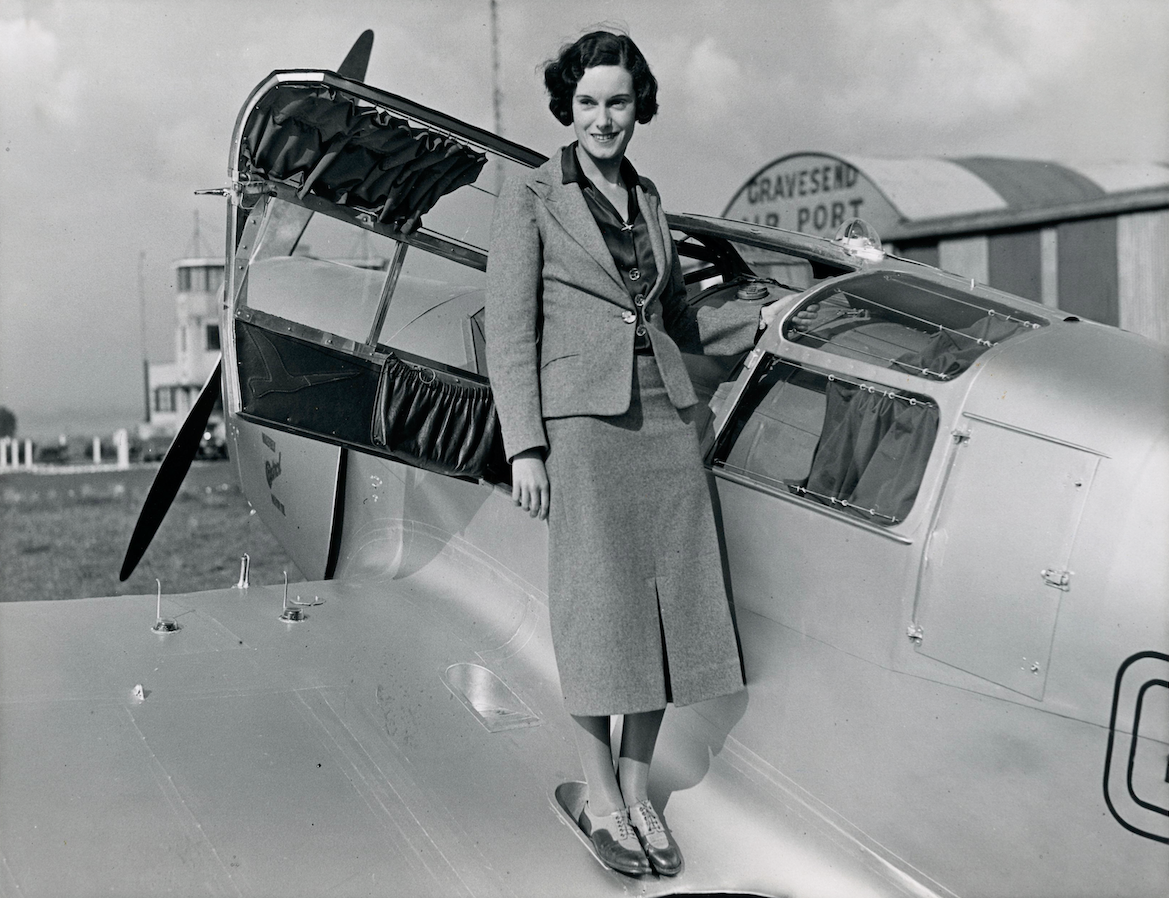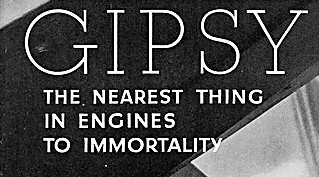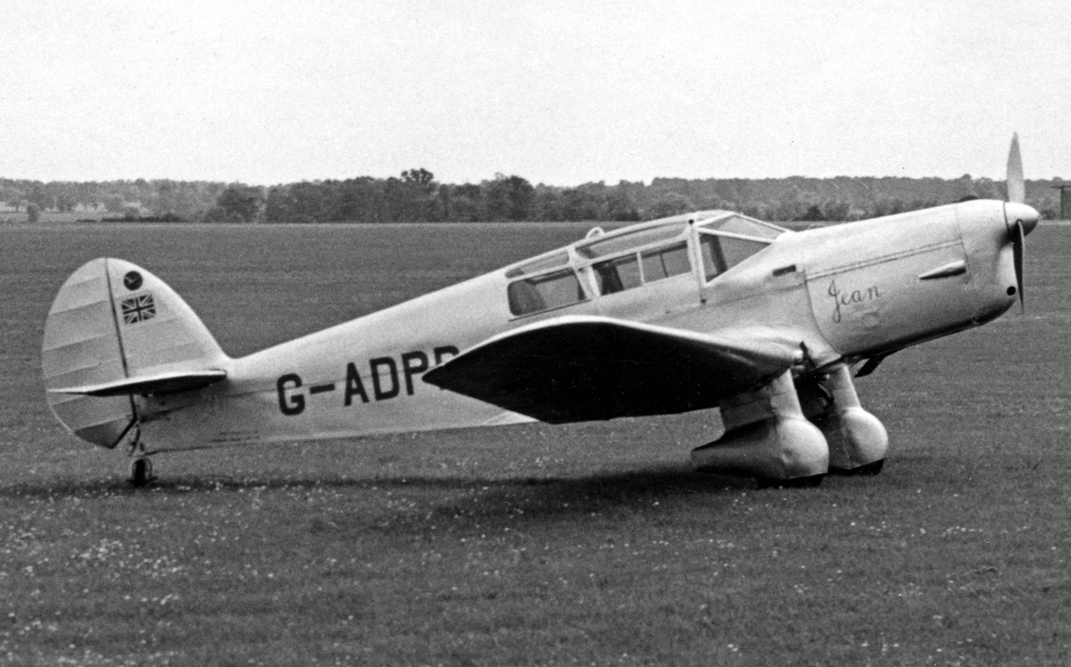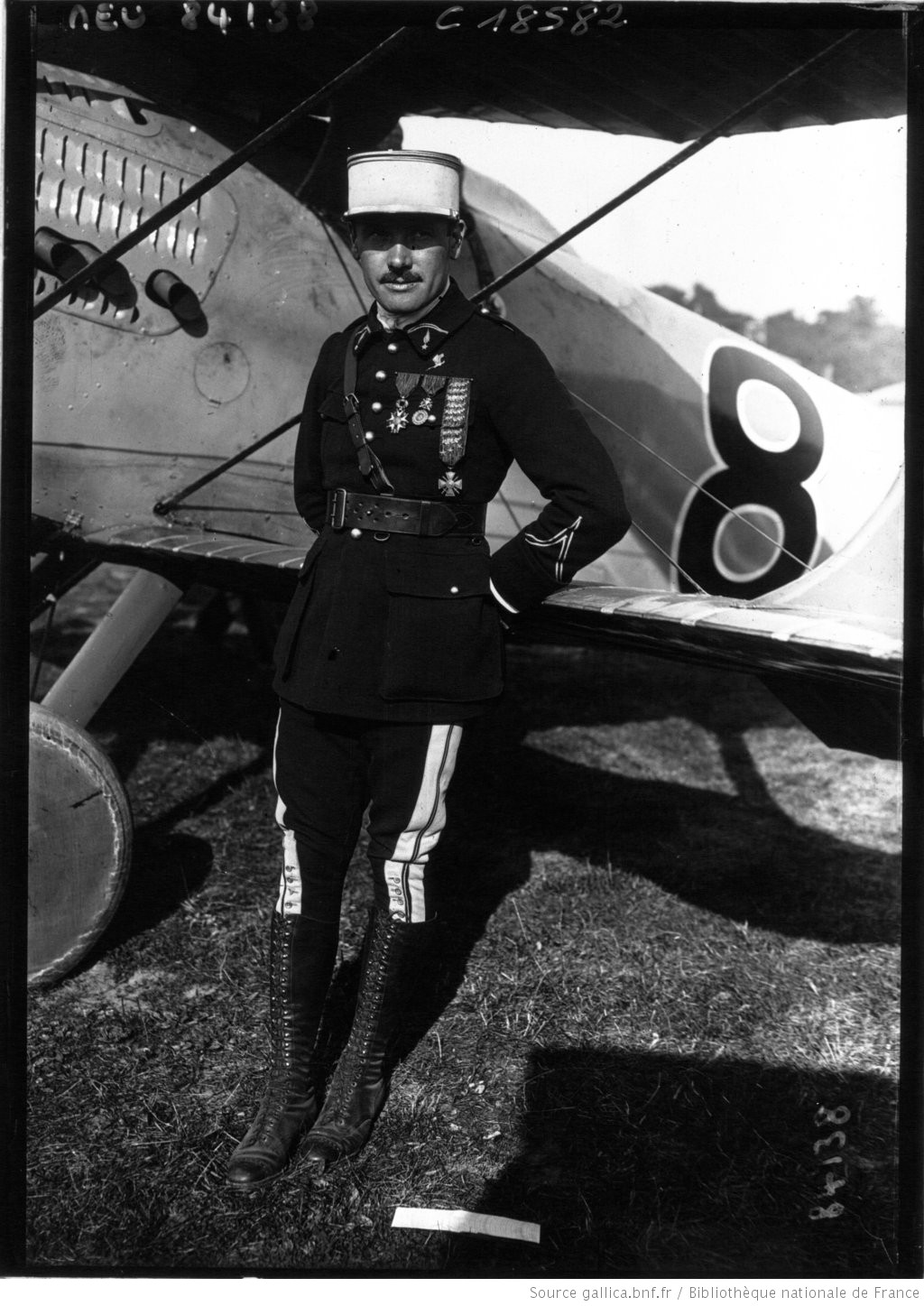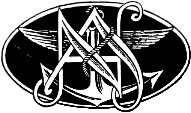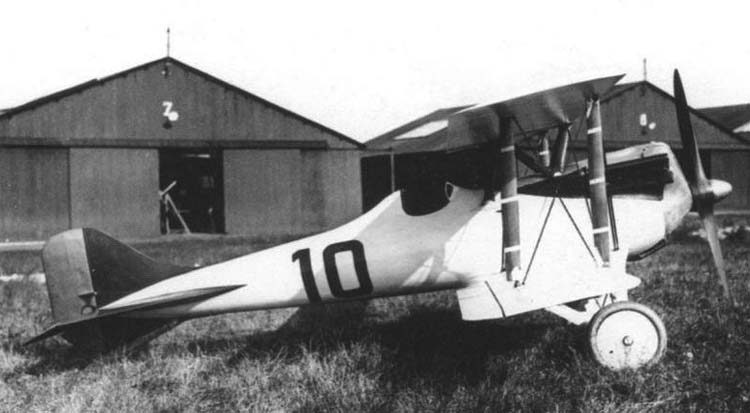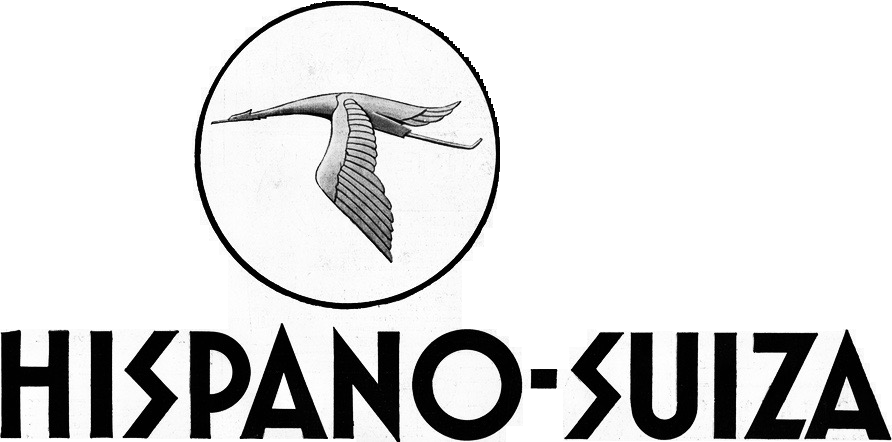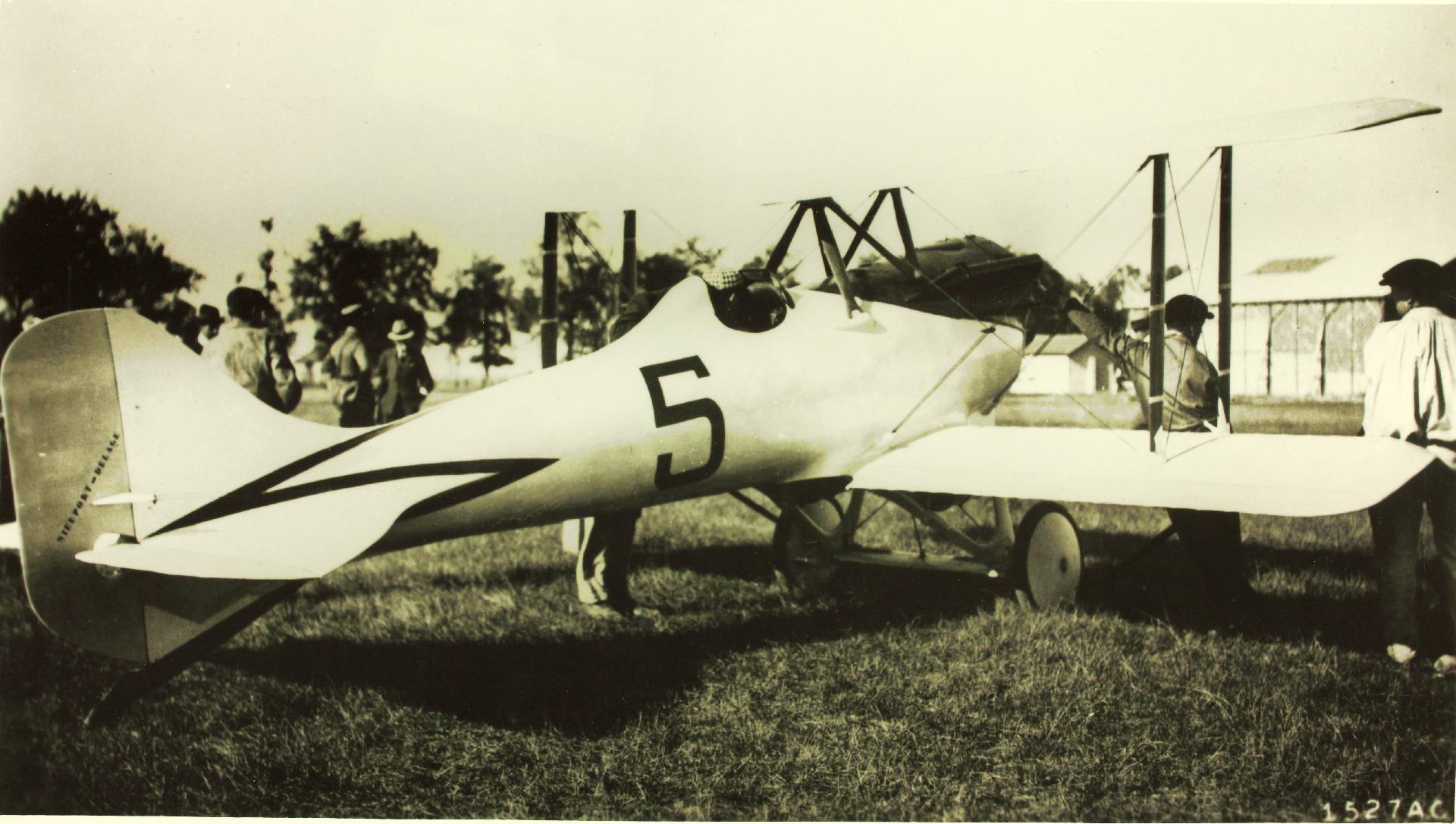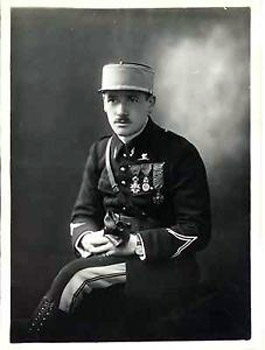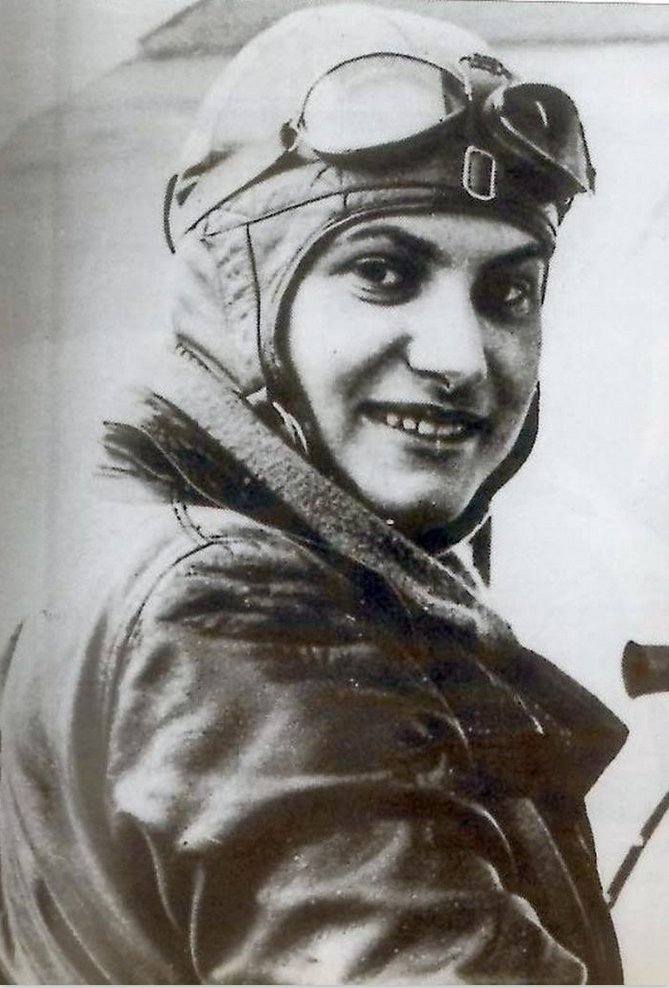
30 November 1934: While flying her new Caudron C.430 Rafale near Guyancourt, France, Hélène Boucher crashed into a forested area at Voison-le-Bretonneaux. Apparently, the airplane stalled while on landing approach, rolled, and then hit the trees. The airplane was destroyed and Mlle Boucher was critically injured. She died while en route to a hospital at Versailles. She was just 26 years old.
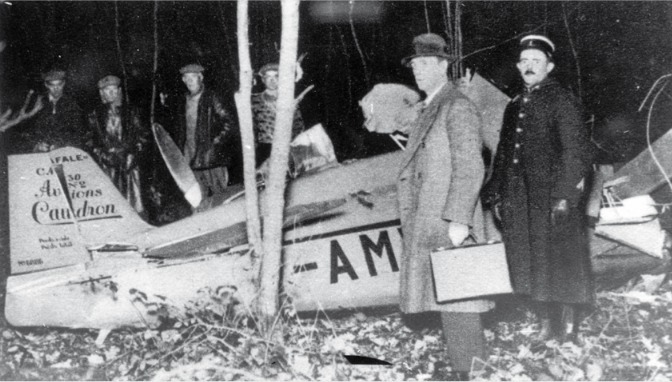
Hélène Boucher’s funeral was held at Chapelle des Invalides, the first time that a woman had been so honored. Posthumously, the government of France awarded her the Croix de Chevalier de la Légion d’Honneur. She is buried at the cemetery in Yermenonville.
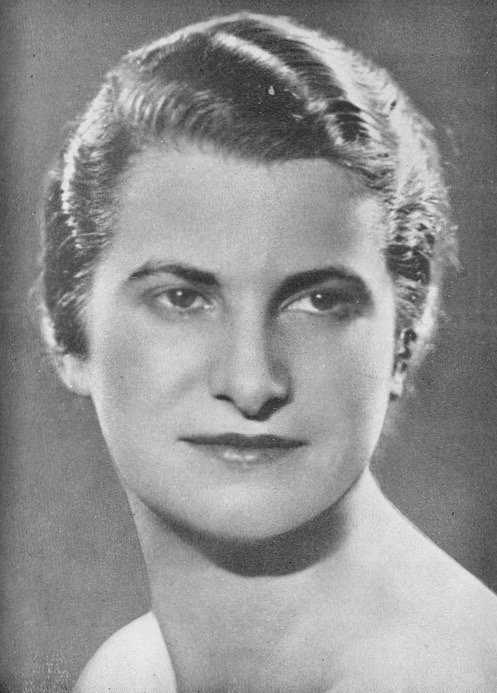
Hélène Antoinette Eugénie Boucher was born at Paris, France, 23 May 1908. She was the daughter of Charles Léon Boucher, an architect, and Élisabeth Hélène Dureau Boucher. Following World War I, Hélène attended high school at the Lycée Montaigne and then the Collège Sévigné, both in Paris.
Mlle Boucher learned to fly at the Aero Club of Landes, Mont-de-Marsan, making her first flight on 4 July 1930. She quickly earned a tourist pilot license. The Aero-Club de France awarded her its pilot certificate number 182. In 1932, Hélène Boucher qualified for a public transport license.
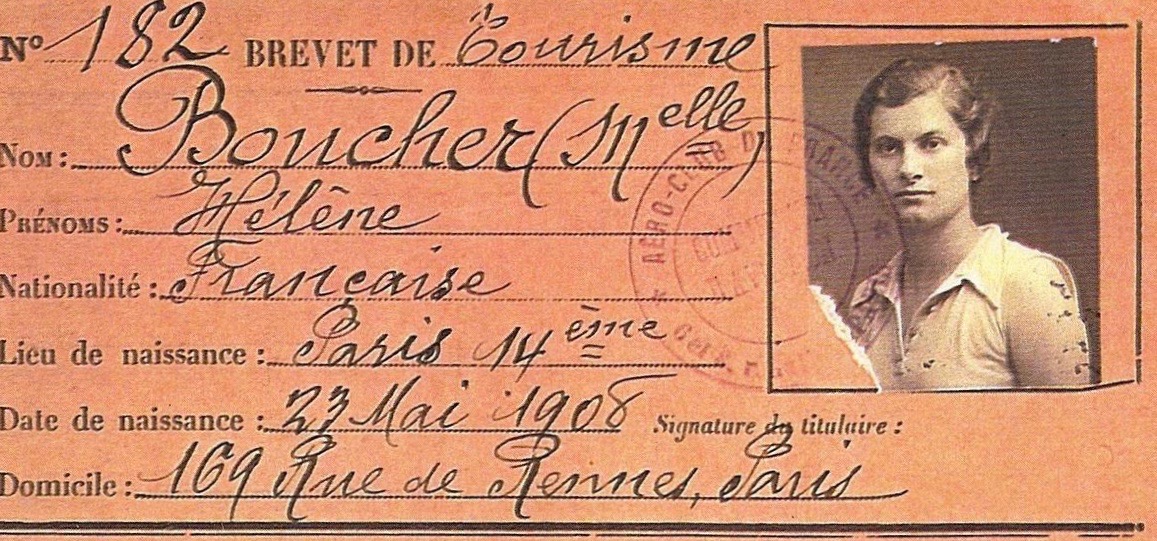
Mlle Boucher participated in a number of international and long distance air races, such as the Raid Paris-Saigon in 1933. She specialized in aerobatics and her performances made her a popular figure at air shows.
On 2 August 1933, flying a two-place 40-horsepower Mauboussin-Peyret Zodiac M.120, Mlle Boucher set a Fédération Aéronautique Internationale (FAI) World Record for Altitude at 5,900 meters (19,357 feet).¹
The following year, on 8 August 1934, flying a Caudron C.430, C.450 and a C.530, she set nine FAI world records for speed over the 100 and 1,000 kilometer closed circuits. Mlle Boucher averaged 412,37 kilometers per hour (256.24 miles per hour) over the 100 kilometer closed circuit.² For the 1,000 kilometers she averaged 409,18 kilometers per hour (254.25 miles per hour).³
With crew member Marie-Louise Becker, Boucher flew the C.530, powered by a 140 cheval-vapeur Renault Bengali, to set three records over the 1,000 kilometer circuit at an average speed of 250.09 kilometers per hour (155.40 miles per hour).⁴ She set a fourth 1,000 kilometer record of 250.06 km/h (155.38 mph).⁵
On 11 August 1934, Mlle Boucher set a World Record for Speed over a 3 Kilometer Course of 445.03 kilometers per hour (276.53 miles per hour), flying a Caudron Type Coupe Deutsch, powered by a 6-cylinder Renault Bengali engine.⁶
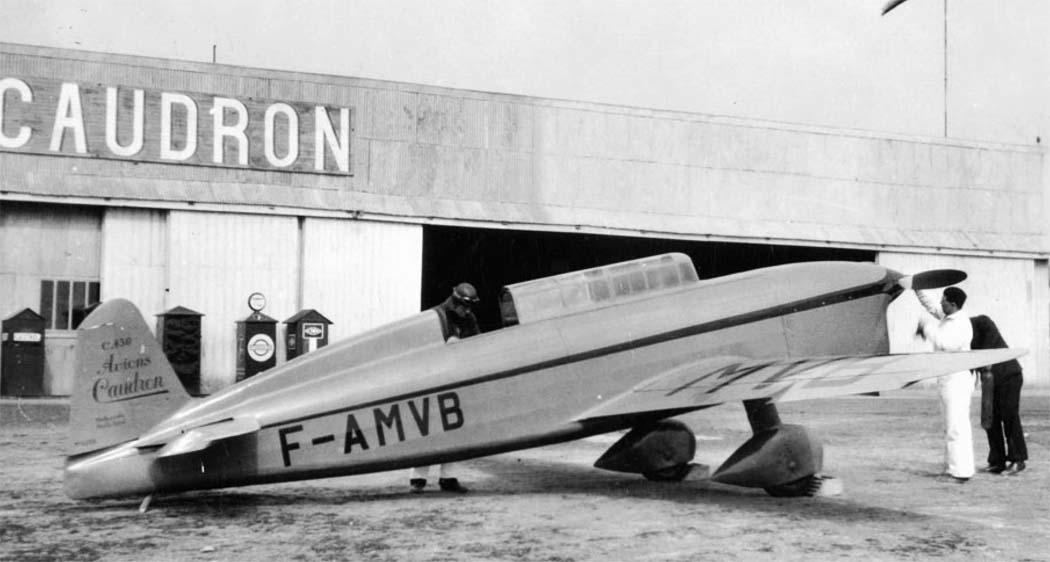
 F-AMVB was the second of two specially-built Société Anonyme des Avions Caudron C.430 Rafale racing airplanes, c/n 02/6886. (Rafale means gust: “a brief, strong, rush of wind.”) It was registered 18 October 1934 (Certificate of Registry 3947).
F-AMVB was the second of two specially-built Société Anonyme des Avions Caudron C.430 Rafale racing airplanes, c/n 02/6886. (Rafale means gust: “a brief, strong, rush of wind.”) It was registered 18 October 1934 (Certificate of Registry 3947).
The C.430 was a single-engine, two-place, low-wing monoplane with fixed landing gear. The airplane was constructed of wood, with the fuselage, wings and tail surfaces covered with plywood. Fuel was carried in two tanks in the fuselage, one forward of the cockpit and another placed between the pilot and passenger positions. The wings had no dihedral and were equipped with split flaps.
The Caudron C.430 was 7.100 meters (23 feet, 3.53 inches) long with a wingspan of 7.700 meters (25 feet, 3.15 inches)and height of 1.88 meters (6 feet, 2.02 inches). The total wing area was 9 m² (96.9 square feet). Its empty weight was 480 kilograms (1,058 pounds) and gross weight, 820 kilograms (1,808 pounds). The C.430 had a maximum fuel capacity of 160 liters (42 gallons), and 16 liters (4 gallons of lubricating oil.
![]() The airplane was powered by an air-cooled, normally-aspirated 6.333 liter (386.463 cubic inch) Renault Bengali 4Pei inverted four-cylinder overhead-valve (OHV) engine with a compression ratio of 5.75:1, rated at 130 cheval-vapeur (128.3 horsepower) at 2,300 r.p.m., and 150 cheval-vapeur 148.0 horsepower) for takeoff. This was a direct-drive engine, turning a two-bladed, metal Hélices Ratier variable-pitch propeller. The 4Pdi was 1.28 meters (4 feet, 2.4 inches) long, 0.93 meters (3 feet, 0.6 inches) high and 0.52 meters (1 foot, 8.5 inches) wide. It weighed 135 kilograms (298 pounds).
The airplane was powered by an air-cooled, normally-aspirated 6.333 liter (386.463 cubic inch) Renault Bengali 4Pei inverted four-cylinder overhead-valve (OHV) engine with a compression ratio of 5.75:1, rated at 130 cheval-vapeur (128.3 horsepower) at 2,300 r.p.m., and 150 cheval-vapeur 148.0 horsepower) for takeoff. This was a direct-drive engine, turning a two-bladed, metal Hélices Ratier variable-pitch propeller. The 4Pdi was 1.28 meters (4 feet, 2.4 inches) long, 0.93 meters (3 feet, 0.6 inches) high and 0.52 meters (1 foot, 8.5 inches) wide. It weighed 135 kilograms (298 pounds).
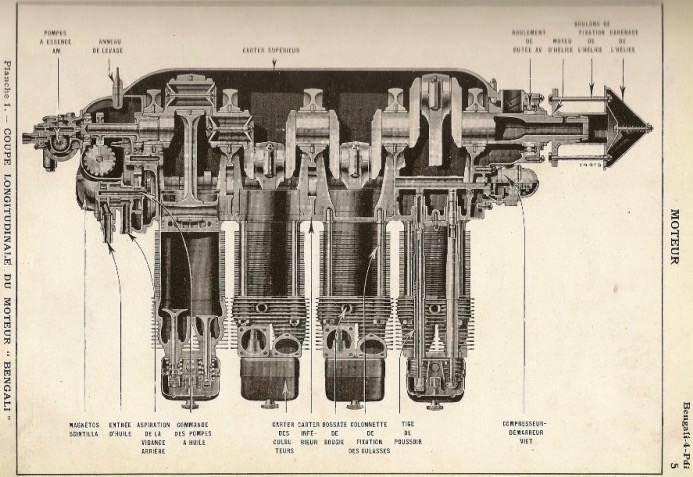
This gave the C.430 a cruise speed of 260 kilometers per hour ± 5% (153–170 miles per hour) and maximum speed of 305 kilometers per hour ± 5% (180–199 miles per hour) at ground level. The service ceiling was 5,750 meters ± 250 meters (17,922–19,808 feet) and range was 1,000 kilometers (621 miles).
The remaining Caudron C.430 Rafael, c/n 01, F-PJHB, is in at Musée Régional de l’Air, Angers Loire Aéroport, Marcé, Pays de la Loire, France, painted as Mlle Boucher’s blue and red racer with her registration markings, F-AMVB.
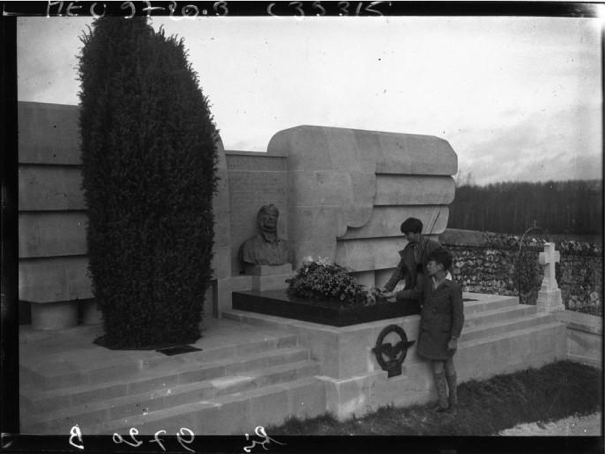
¹ FAI Record File Number 12005
² FAI Record File Numbers 4496, 12111
³ FAI Record File Numbers 4483, 12110, 12112
⁴ FAI Record File Numbers 4494, 12032, 12033
⁵ FAI Record File Number 14860
⁶ FAI Record File Number 12034
© 2018, Bryan R. Swopes

